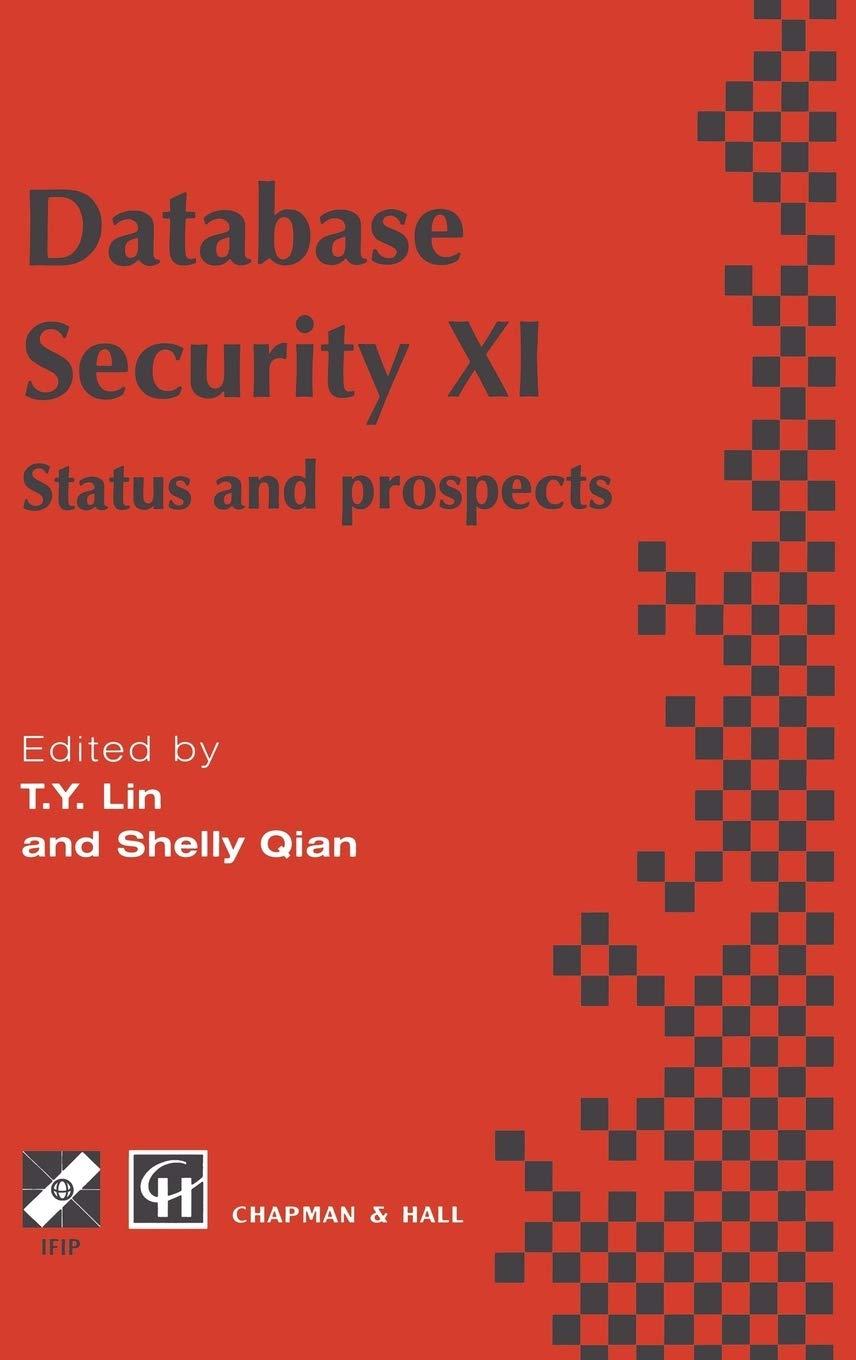Question
Scenario 1 Use Case Name: Pay Late Fees Primary Actor: Patron Triggering Event: Patron visits library to pay fees. Stakeholders and Interests: Patron: Wishes to
Scenario 1
Use Case Name:
Pay Late Fees
Primary Actor:
Patron
Triggering Event:
Patron visits library to pay fees.
Stakeholders and Interests:
Patron: Wishes to reduce their current late fee balance.
Library: Wishes to keep receivables current.
Preconditions:
Patron is registered as a library user and has their library card.
Success Guarantee
: Patron makes payment and their account balance is reduced appropriately.
Main Success Scenario:
1. Patron approaches an available librarian.
2. Patron requests to pay late their late fees.
3. Librarian obtains the patrons id information.
4. Librarian looks up patrons account to find fee balance.
5. Librarian shares balance information with patron.
6. Librarian asks patron how much they want to pay.
7. Patron tenders desired payment.
8. Librarian receives payment.
9. Librarian records payment information in the system.
10. System records payment and adjusts patrons fee balance.
Scenario 2
Use Case Name:
Check out a Resource
Primary Actor
: Patron
Triggering Event:
Patron decides to borrow a particular resource.
Stakeholders and Interests:
Patron: Wants to use the resource outside of the library.
Librarian: Wants to assure patron is satisfied and that loans are properly tracked.
Preconditions
Librarian is authorized to check out the resource.
Patron is an authorized library user (has a valid library card).
Patrons borrowing privileges are not restricted (especially, patron does not owe
excess late fees.)
The resource is available and eligible for loan.
Success Guarantee
Patron leaves with the loaned resource and the loan is properly recorded in the
system.
Main Success Scenario
1. Patron locates the resource (see sub scenario).
2. Patron goes to the front desk.
3. Patron presents the resource and their library card to an available librarian.
4. Patron advises librarian they wish to check out the resource.
5. Librarian enters patrons identification information from the card.
6. Librarian enters resource identification information.
7. System confirms the loan is not prevented by restrictions on either the patrons borrowing
privileges or on the resource.
8. System records the loan and computes a due date.
9. Librarian informs Patron of the due date and returns the resource.
10. Patron leaves with the loaned resource.
Problem 1:
(20 pts) Create a candidate class list (class names only). Limit the elements to those
necessary to the supplied scenarios.
Problem 3:
(20 pts each) Complete two communication diagrams, one for each of the supplied
scenarios.
Communication Diagrams Info:
- Model message passing between objects or roles that deliver the functionalities of use cases and operations
- Model mechanisms within the architectural design of the system
- Capture interactions that show the passed messages between objects and roles within the collaboration scenario
- Model alternative scenarios within use cases or operations that involve the collaboration of different objects and interactions
- Support the identification of objects (hence classes), and their attributes (parameters of message) and operations (messages) that participate in use cases
Step by Step Solution
There are 3 Steps involved in it
Step: 1

Get Instant Access to Expert-Tailored Solutions
See step-by-step solutions with expert insights and AI powered tools for academic success
Step: 2

Step: 3

Ace Your Homework with AI
Get the answers you need in no time with our AI-driven, step-by-step assistance
Get Started


